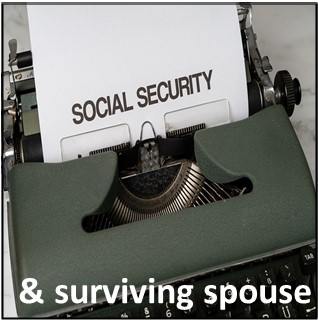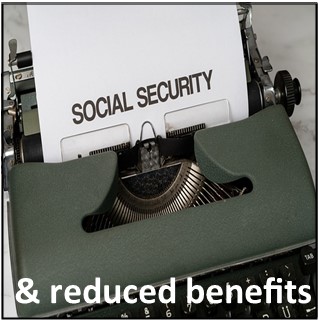Did you recently add a second comma to your bank balance? Has a recent financial event raised your net worth to the next level? It’s an exciting time, whether it’s the result of your long-term goals such as diligent saving and investing, the sale of a business, a windfall transfer of wealth, or a key promotion.
You’re probably already considering how to protect and manage your wealth.










